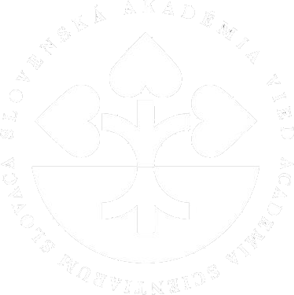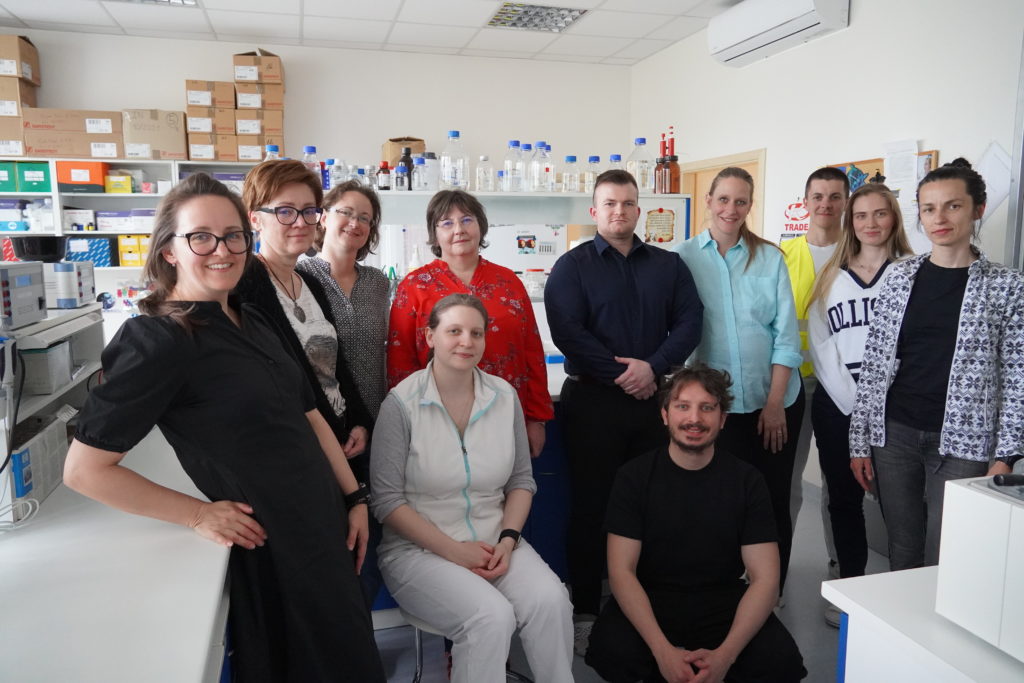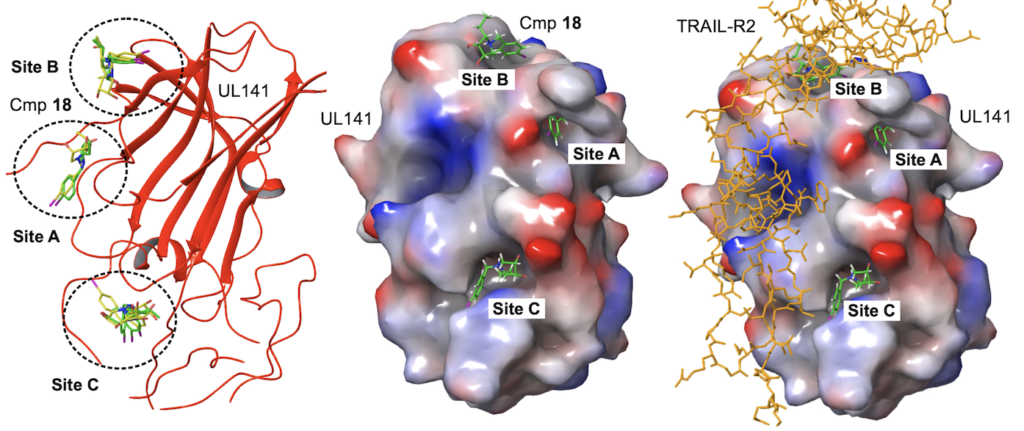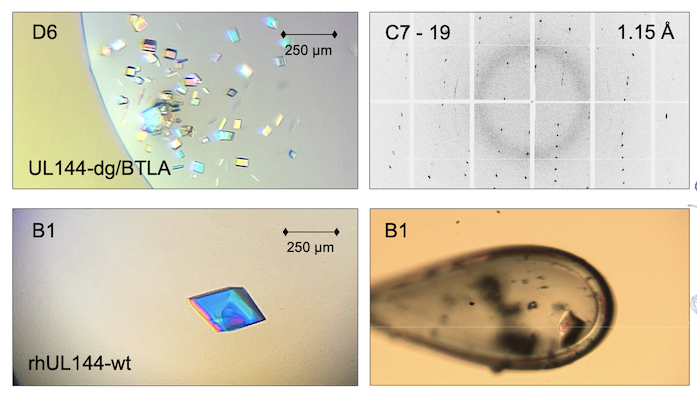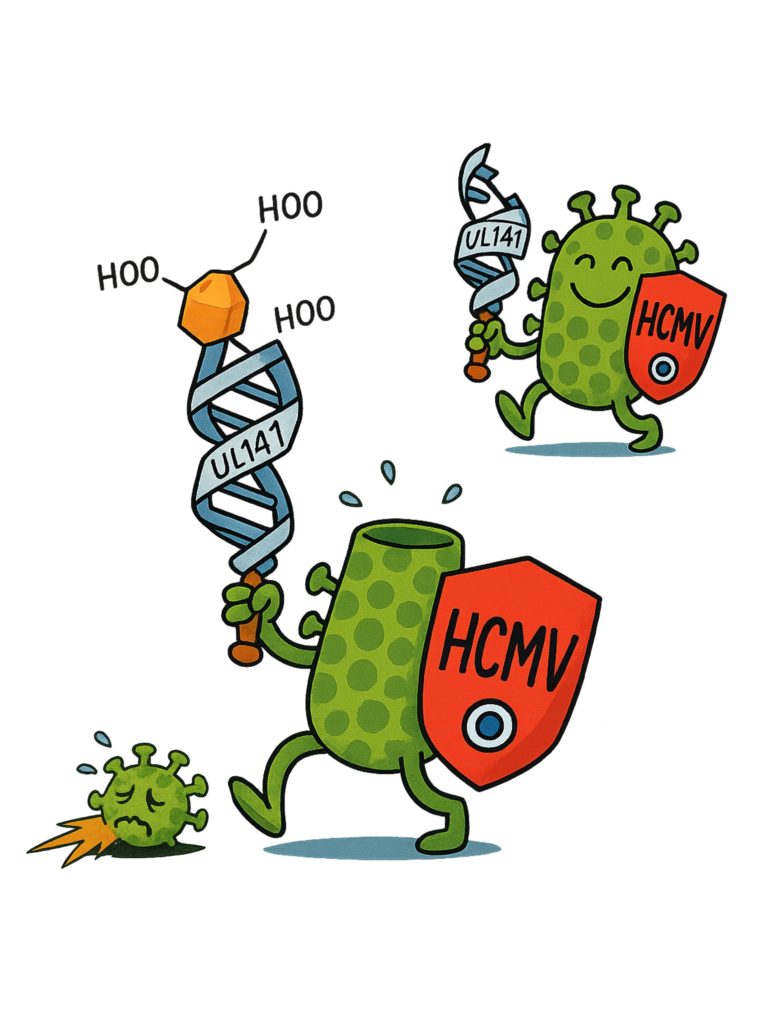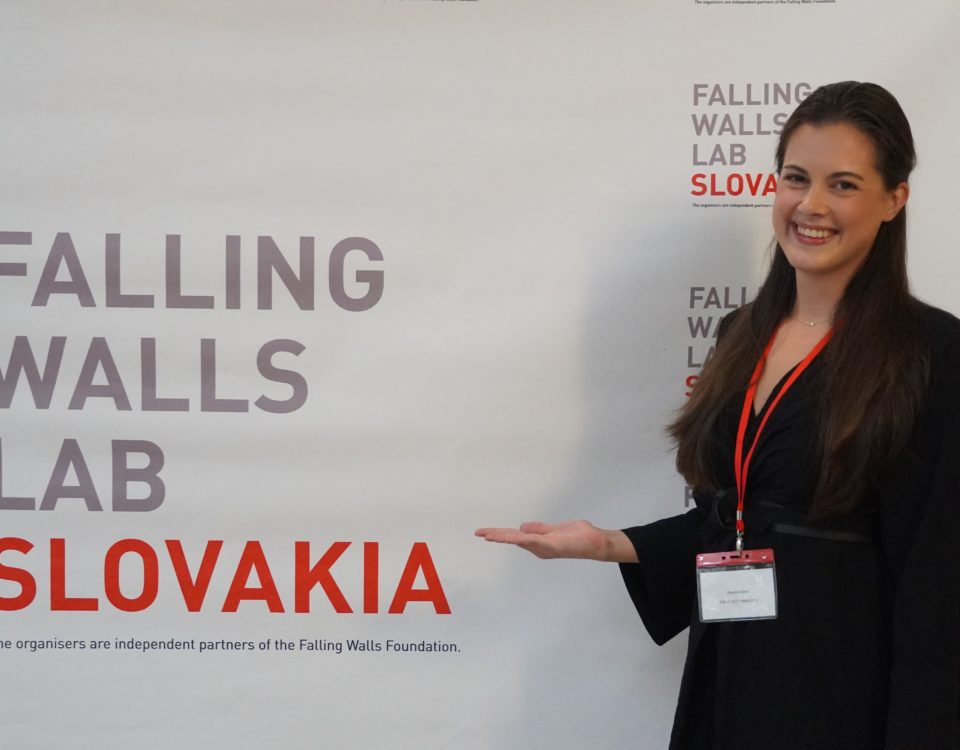This website uses cookies so that we can provide you with the best user experience possible. Cookie information is stored in your browser and performs functions such as recognising you when you return to our website and helping our team to understand which sections of the website you find most interesting and useful.
SAS scientists contribute to deeper understanding of cytomegalovirus
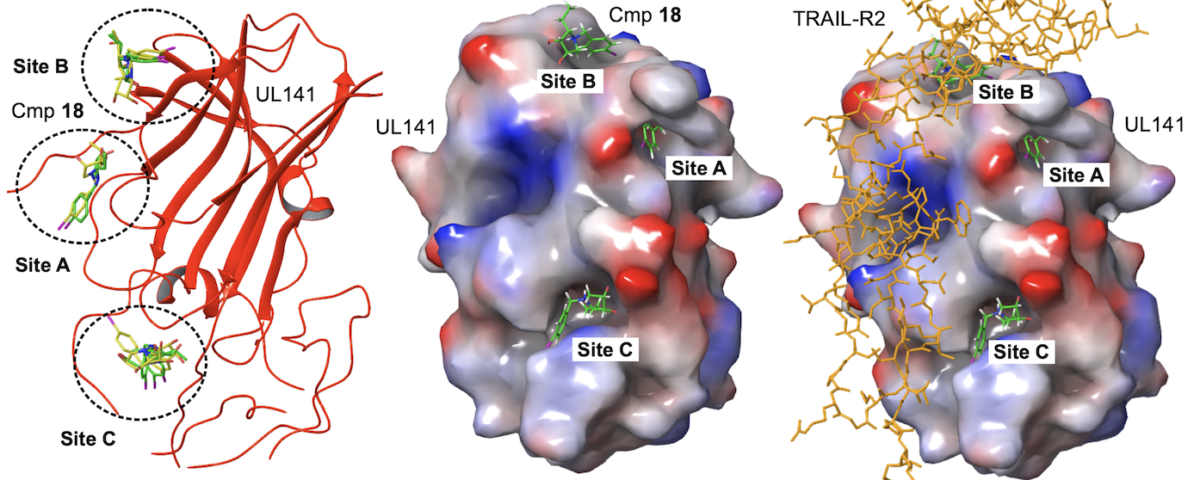
HCMV UL141 viral glycoprotein with preferred binding sites is shown in red, the mechanism of blocking the immune response is indicated in orange. The antagonist, a small molecule that targets the viral UL141 protein and suppresses its function, is shown in green.
The Biomedical Research Center of the Slovak Academy of Sciences and the Institute of Chemistry of the Slovak Academy of Sciences have published research on the largest herpes virus in a prestigious scientific journal. The scientists explain the molecular mechanisms of the immune response triggered by human cytomegalovirus (HCMV). The paper was published in the prestigious Nature Index journal Journal of Biological Chemistry. The findings may contribute to the development of immunotherapy for the treatment of cancer or autoimmune diseases.
“Human cytomegalovirus is the largest herpes virus in existence. It is dangerous for immunocompromised people, can contribute to the development of cancer and there is as yet no effective treatment to ensure a complete cure. We have developed an inhibitor of the viral glycoprotein that helps to make the virus visible to immune cells so that they can destroy it,” explains Dr. Ivana Nemčovičová, Head of the Department of Viral Immunology at BMC SAS, lead author of the paper and head of the research.
Scientists have focused their research on studying important viral glycoproteins that are found on the surface of the virus and also on the surface of infected cells and that manipulate the immune response. Specifically, these were two HCMV glycoproteins, UL141 and UL144, known for their influence on communication between infected and healthy cells. They investigated how these mechanisms work using a multidisciplinary approach. They combined experimental methods – molecular and cell biology, crystallography, immunological and virological in vitro assays – with computational tools for drug design.
“There are very few studies on this topic because the DNA of the glycoproteins we study is often lost in laboratory strains due to spontaneous mutations of the virus. They can only be studied from clinical samples from patients.” Ivana Nemčovičová’s team had them at their disposal thanks to a collaboration with the UK’s Cardiff University.
“The findings also have important implications for clinical practice. In addition to providing hope in the development of immunotherapy, they provide new tools for suppressing pathological immune reactions,” adds Dr Nemčovičová.
Read the full article here: https://www.jbc.org/article/S0021-9258(25)00339-4/fulltext
Contact persons:
Ela Rybárová, PR Manager, BMC SAS, v. v. i., tel.: +421 911 744 756
Dr. Ivana Nemčovičová, Head of the Department of Viral Immunology, Institute of Virology, BMC SAS, v. v. i., ivana.nemcovicova@savba.sk
Text: E. Rybárová, BMC SAS
Photo and graphics: I. Nemčovičová, BMC SAS; E. Rybárová, BMC SAS (team photo)
- Dr. Ivana Nemčovičová (left) and her viral immunology team.
- HCMV UL141 viral glycoprotein with preferred binding sites is shown in red, the mechanism of blocking the immune response is indicated in orange. The antagonist, a small molecule that targets the viral UL141 protein and suppresses its function, is shown in green.
- Crystals of viral glycoproteins in complex with an endogenous ligand.
- This artwork portrays human cytomegalovirus (as a green knight) wielding its immune-modulating glycoprotein UL141 (blue DNA sword) to subvert host cell defense mechanisms. A small glycomimetic antagonist (in orange) blocks UL141’s action, causing the virus to lose critical functions and diminishing its fitness. The visual metaphor underscores the molecular basis for therapeutic targeting of viral immune evasion.






